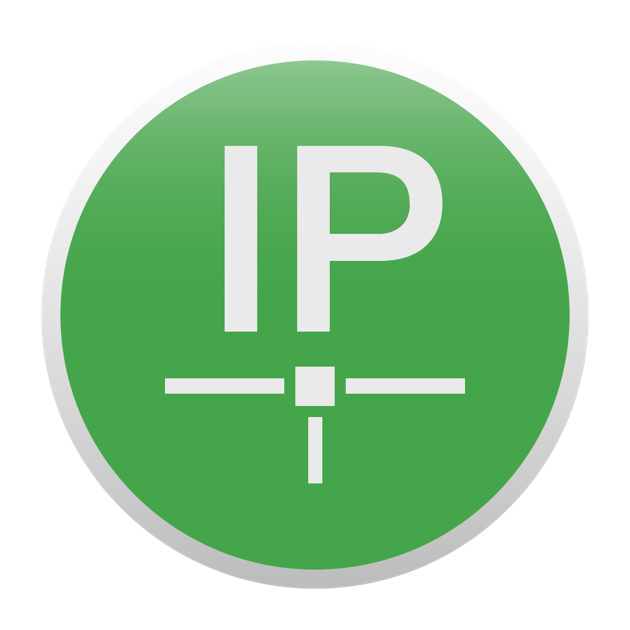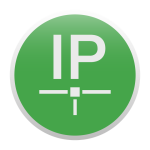How to disable Zeroconf automatic network configuration APIPA, Link-Local for TCP/IP addressing if no DHCP server is available

ZEROCONF known as IPv4 Link-Local and Automatic Private IP Addressing (APIPA) uses 169.254.0.0 for network addresses.
ZEROCONF commonly known as IPv4 Link-Local (IPv4LL) and Automatic Private IP Addressing (APIPA) uses the range 169.254.0.0/16 for network addresses. This APIPA addressing is activated by default, this are often not desired by system administrators.
Most Windows versions and Linux distributions use zero network configuration (ZEROCONF) to automatically configure the network without a central instance, i.e. without the need for a DHCP or DNS server to be present in a network. ZEROCONF published at IETF that plans and coordinates a number of dynamic protocols. It is intended to enable an operating system to automatically configure networks.
Windows disable network APIPA ZEROCONF
Under Windows network APIPA ZEROCONF can be disable due modify the registry, to do it with open the command prompt as administrator and run the REG command with Copy & Paste.
REG ADD HKLM\SYSTEM\CurrentControlSet\Services\Tcpip\Parameters /v IPAutoconfigurationEnabled /t REG_DWORD /d "00000000" /fLinux disable ZEROCONF
In Linux edit the network file and insert ZEROCONF = YES or NO.
$ sudo vi /etc/sysconfig/network
NOZEROCONF=yesRHEL / Fedora / CentOS configuring as follows.
$ service network restartDebian – Ubuntu avahi-daemon
For Linux Mint and Ubuntu the avahi-daemon configuration has to be changed.
$ sudo vi /etc/default/avahi-daemon
AVAHI_DAEMON_DETECT_LOCAL=0Now restart Linux Mint / Ubuntu avahi-daemon.
$ sudo /etc/init.d/avahi-daemon restartThe avahi-daemon should do not start automatically on system boot.
$ update-rc.d -f avahi-daemon removeUsing RHEL or CentOS run this command.
$ chkconfig avahi-daemon offNetwork Zero-configuration
Network Zero-configuration (zeroconf), also know as APIPA and Link-local is a set of technologies that automatically creates a usable computer network based on the Internet Protocol Suite (TCP/IP) when computers or network peripherals are interconnected. It does not require manual operator intervention or special configuration servers. Without zeroconf, a network administrator must set up network services, such as Dynamic Host Configuration Protocol (DHCP) and Domain Name System (DNS), or configure each computer’s network settings manually.
Zeroconf is built on three core technologies: automatic assignment of numeric network addresses for networked devices, automatic distribution and resolution of computer hostnames, and automatic location of network services, such as printing devices.



